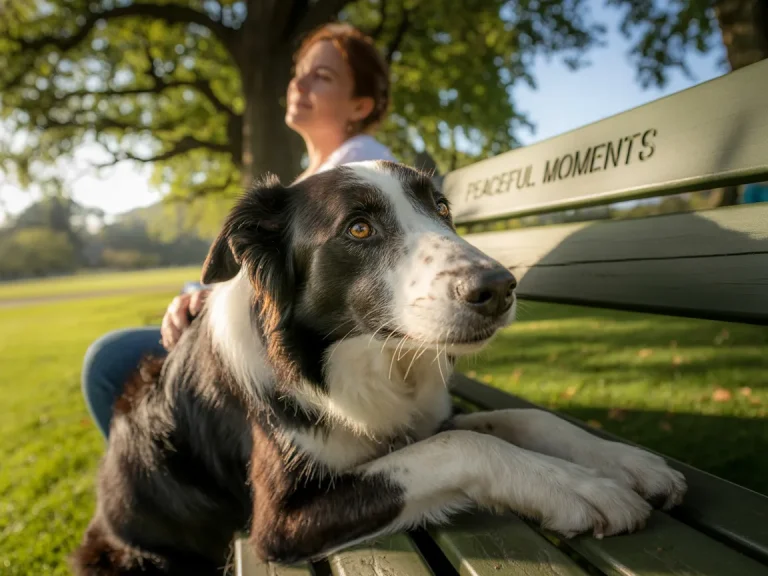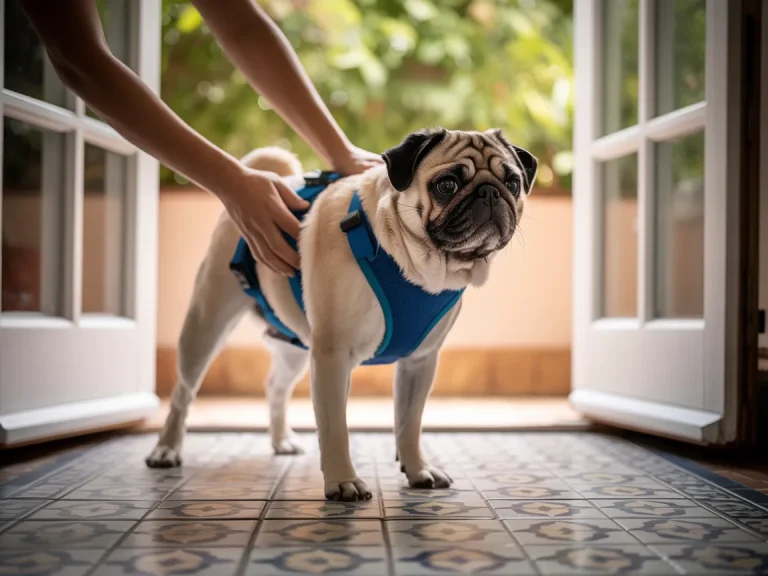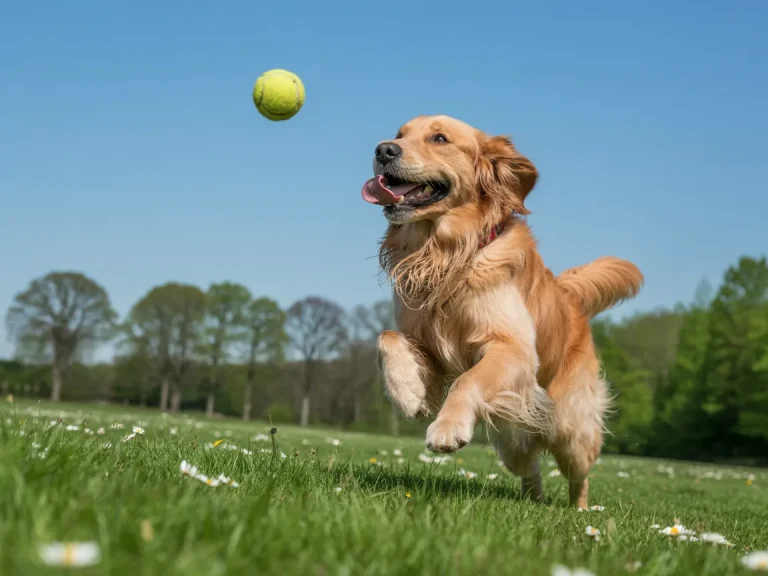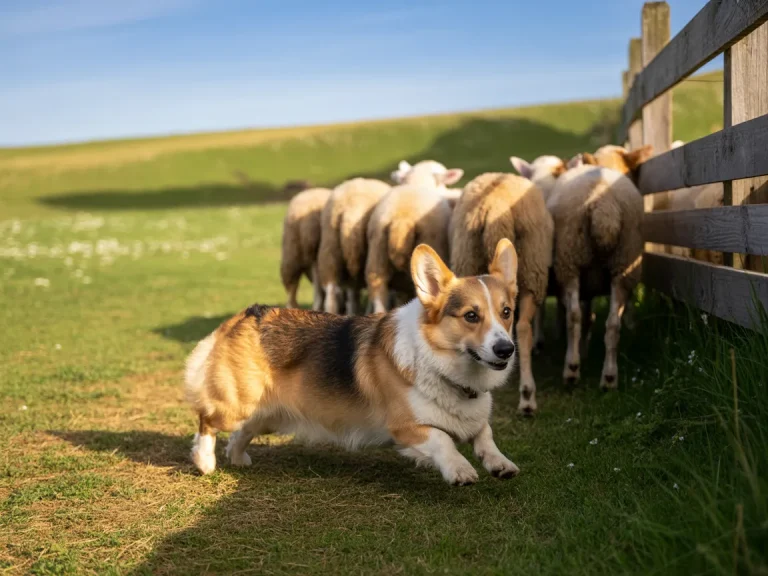Welcoming a Labrador retriever into your home is like unwrapping a present every single day—tail wags, sloppy kisses, and boundless enthusiasm included. These love-bugs aren’t just smart; they’re your go-to snuggle buddy, pool-side sidekick, and partner-in-crime on hikes. Curious what makes them tick (and splash)? Let’s dive in!
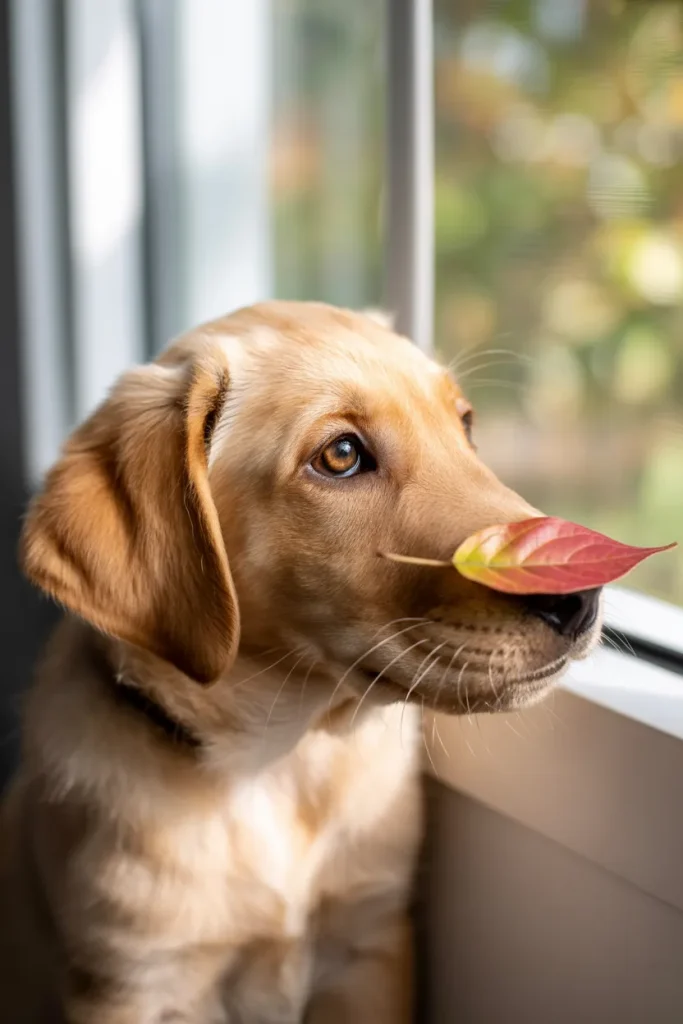
Breed Overview and History
Picture rugged Newfoundland fishermen hauling in nets with a sturdy, eager-to-help dog by their side—that’s where our modern Lab’s story begins. Fast forward to today, and you’ll find Labs shining as therapy companions, search-and-rescue heroes, and family MVPs at the dog bowl. What’s their secret? A winning combo of smarts, adaptability, and a heart big enough to welcome everyone they meet. Ever wonder why they’re king of puppy kindergarten graduations? It’s that eagerness to please, wrapped up in a big, friendly face.
Physical Characteristics
Size and Build
Most Labs hit their stride between 21½ and 24½ inches at the shoulder, tipping the scales around 55–80 pounds. Think of them as the SUVs of the dog world—sturdy, reliable, and ready for adventure, whether you’re hiking mountain trails or chasing frisbees in the park.
Coat and Colors
Their double coat is like a well-tailored suit—short, dense, and surprisingly water-resistant. Yellow Labs can range from a pale buttercup shade to a rich fox-red. Black Labs shine like polished onyx in the sun, and chocolate Labs span from a light mocha to a deep, velvety brown. No matter the hue, this coat sheds (yes, lots), so keep that brush handy!
Webbed Feet and Otter Tail
Ever notice how Labs seem born to swim? Their slightly webbed paws are nature’s paddle, and that thick “otter” tail acts as a rudder—perfect for steering through lakes or rivers. If you’ve ever watched a Lab slice through water with pure joy, you know it’s one of life’s simple pleasures.
Whether you’ve already got a Labrador lighting up your living room or you’re puppy-shopping with stars in your eyes, understanding these basics will help you keep your four-legged pal happy, healthy, and ready for the next adventure.
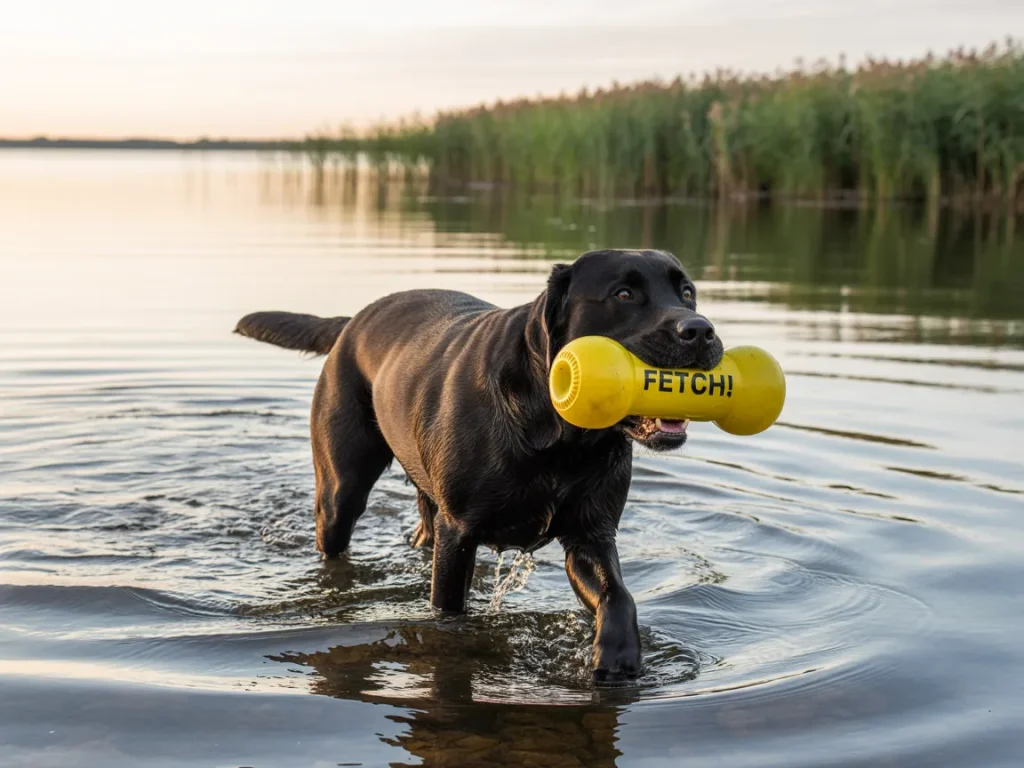
Temperament and Social Needs
Ever met a dog so friendly it could charm the spots off a Dalmatian? That’s your average Lab. They’re the social butterflies of the canine world—thriving on playdates with kids, handshakes (or nose boops) with strangers, and wrestling matches with their furry pals. Labrador puppies bounce around like little explorers, noses twitching at every new scent, eyes bright with curiosity. Want a confident, level-headed adult? Start the party early: introduce your pup to different people, noises, and places while they’re young. It’s like giving them a lifetime VIP pass to Chillville, no matter where life takes them.
Labs don’t just make friends—they build entire fan clubs. You’ll spot them tailing you from the couch to the kitchen like they’re auditioning for the role of “Your Shadow.” They shine in teamwork sports—dock-diving, obedience trials, you name it—because they love nothing more than being in sync with you. But here’s the catch: leave them solo for too long, and you’ll face chewed shoes or that ominous “I’m bored” bark. To dodge separation anxiety, start baby steps around 8–10 weeks: short training sessions, puzzle toys, and quick, “I’m back!” breaks. A steady routine and plenty of love will turn your Lab into the zen master of “alone time.”
Exercise and Mental Enrichment
A happy Lab is like a well-oiled machine—muscles flexed, mind engaged. Skip the workout and stimulation, and your living room turns into their personal chew-toy obstacle course.
Daily Activity Requirements
Think of your Lab as a two-legged athlete stuck in a four-legged body: they need 60–90 minutes of action every day. Break it up—maybe two brisk walks, a jog around the block, or an off-leash romp in a secure field. Got a youngster? Keep puppy play gentle and brief, then slowly crank up the duration as their joints toughen up. And when it’s too hot for that midday sprint, dive into their true love: swimming. Their webbed feet and otter-like tail make them natural paddlers—just be sure to watch for signs of overheating and dial back the intensity if needed.
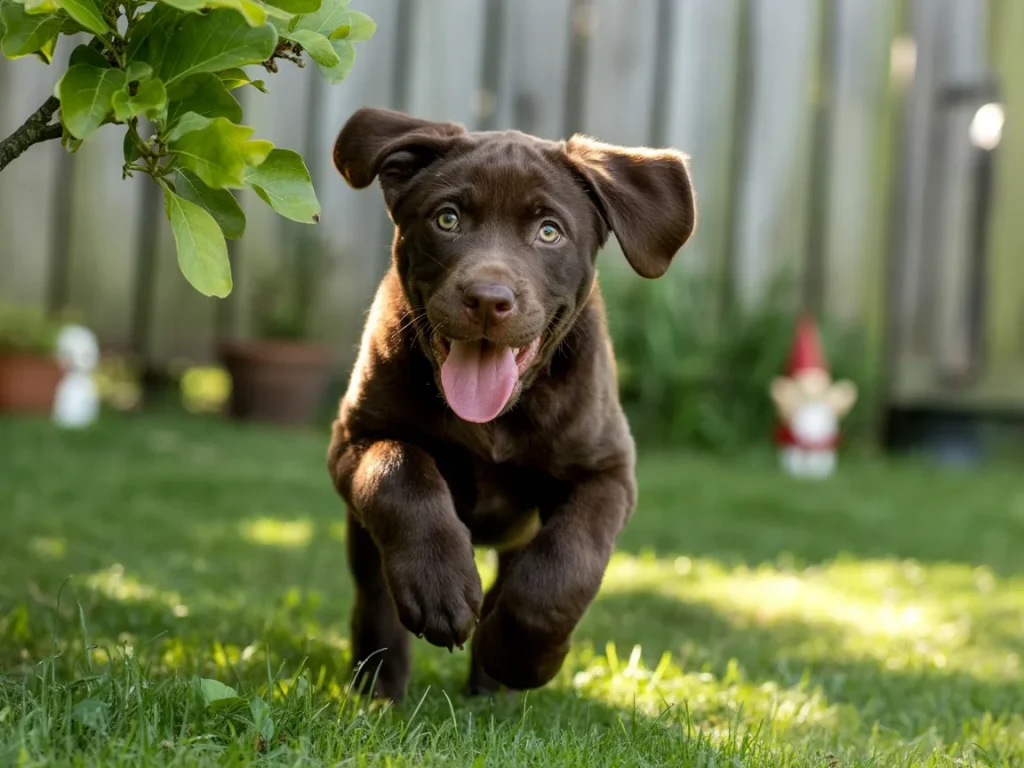
Brain Games and Enrichment
Ever tried to outsmart a Lab? Good luck—it’s like playing chess against Houdini. Keep their noggin busy with puzzle feeders (mealtime meets treasure hunt), scent trails in the backyard, or quick-fire obedience drills. Agility courses turn your dog into an acrobat, while nose work classes unleash their inner detective. On low-key days, I hide treats under cups or behind flower pots—my Lab, Daisy, transformed into Sherlock Bones every time. Swap toys weekly and throw in something novel now and then to keep boredom at bay and stress in check.
With a dash of play, a sprinkle of training, and a whole lot of affection, your Lab will thrive mentally and physically—ready for whatever adventure comes next.
Nutrition and Weight Management
Feeding a Labrador is a bit like fueling a trusty adventure vehicle—you want high-octane, quality fuel, not empty calories. These pups adore their meals (and seconds), so keeping an eye on what—and how much—they’re eating is key to avoiding that snug “spare tire” around their middle.
Feeding Guidelines
Go for a protein-rich kibble made for medium to large breeds—it’s like giving your Lab premium gas. For puppies, look for formulas with controlled calcium so their bones build up strong, not wobbly. Split their daily allowance into two meals: it keeps their energy steady and helps dodge bloat (no one wants that emergency vet dash). Portion sizes will depend on your dog’s age, weight, and how many zoomies they burn off each day, so use the package as a starting point and check in with your vet for tweaks.
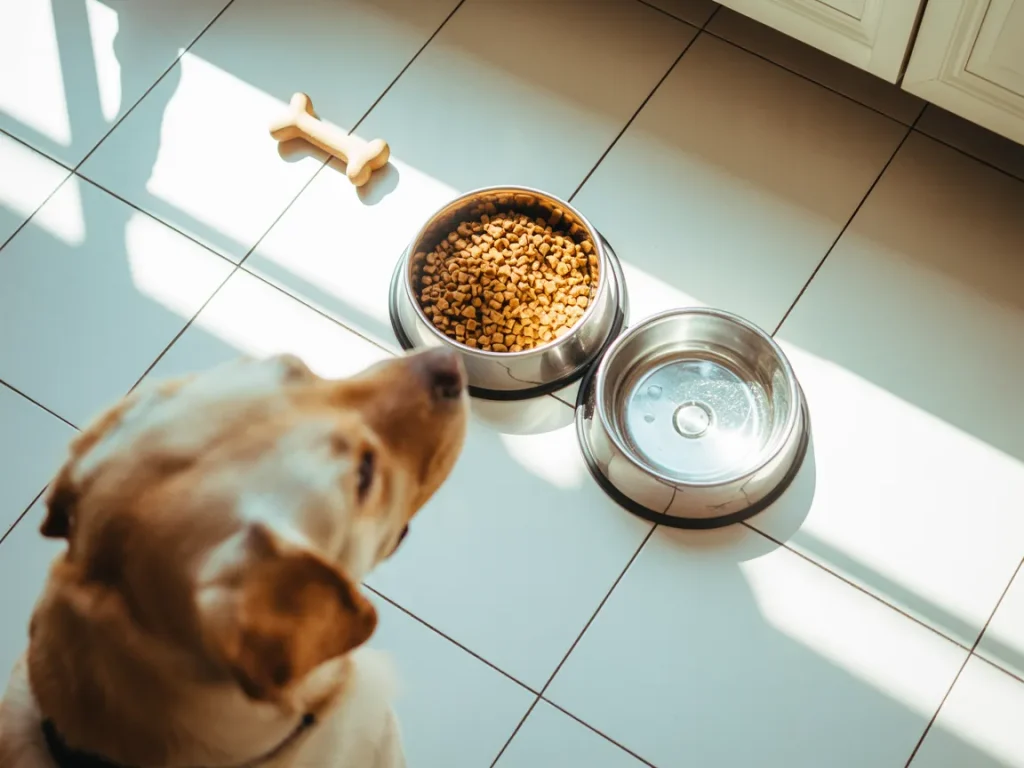
Monitoring Condition
Ever gently run your fingers along your dog’s sides? You should feel ribs under a thin layer of fat—like flipping through pages of a well-loved book. From above, they should tuck in at the waist instead of looking like a furry barrel. If you spot extra heft creeping on, shave back the kibble by a scoop or two and sneak in a few more play sessions. And treats? Keep them under 10% of daily calories—swap biscuits for carrot sticks or a slice of apple and watch that tail still wag just as hard.
Grooming and Health Care
Labradors come with a built-in fur carpet—they shed, especially during seasonal “blowouts.” A weekly brushing session spreads their natural oils and keeps the hairs from taking over your home. When the shedding hits peak volume, bump that to daily, armed with a slicker brush or grooming mitt. If you’re not sure where to start, this handy guide on how to groom a Labrador Retriever breaks everything down step-by-step.
Bath time should be soothing, not stripping. A gentle, pH-balanced shampoo will freshen up their coat without turning it into straw. And those lovable floppy ears? They’re adorable but prone to trapping moisture. A quick weekly peek—no redness or funky smell—is all it takes to catch an ear infection before it takes hold.
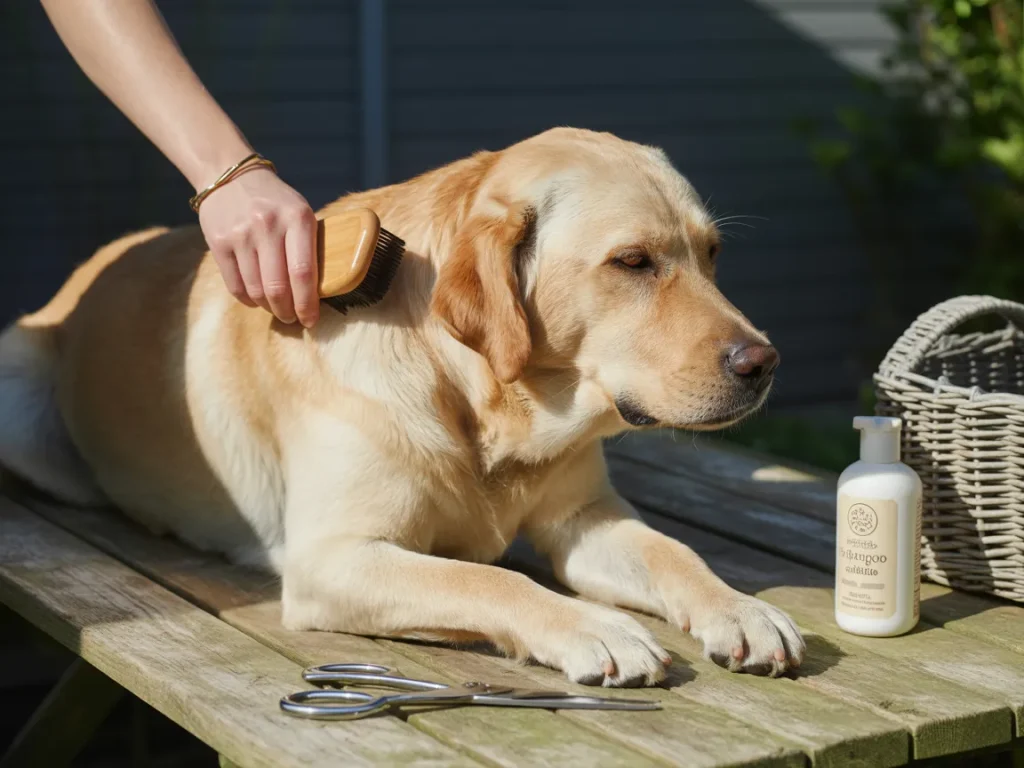
Common Health Concerns
Labs are hearty, but they do have a few Achilles’ heels. Hip and elbow dysplasia can pop up if they get too chunky or overdo high-impact play—keep them lean and stick to low-stress exercise like swimming. Progressive Retinal Atrophy (PRA) and Exercise-Induced Collapse (EIC) are genetic issues reputable breeders screen for, so ask to see parent clearances before you bring home a pup. Round out their care with regular vet check-ups, dental cleanings, and parasite preventatives—think of it as your dog’s personal health insurance.
Choosing the Right Companion
Shopping for a Labrador puppy? Seek breeders who welcome questions, share health certificates, and let you meet mom and dad. A confident, well-bred pup will trot up to you with bright eyes, a glossy coat, and a tail that says, “Pick me!”
If you’re open to adoption, rescue groups are full of Labs—sometimes seniors, often house-trained—who can’t wait for a second chance. Saving a dog has its own special kind of reward; trust me, their gratitude is the best welcome home gift you’ll ever get.

Conclusion
Whether your heart is set on a sleek black Lab, a rich chocolate buddy, or a buttercup-yellow pal, getting the basics right—fueling them well, keeping them active, pampering that coat, and staying ahead of health hiccups—sets you up for years of tail-wagging fun. With consistency, curiosity, and plenty of belly rubs, you’ll raise a Labrador who’s not just a pet, but a member of the family.
Disclaimer: This article is for informational purposes only and does not constitute professional veterinary advice. Always consult a licensed veterinarian or certified dog trainer regarding the specific needs and health of your dog.

